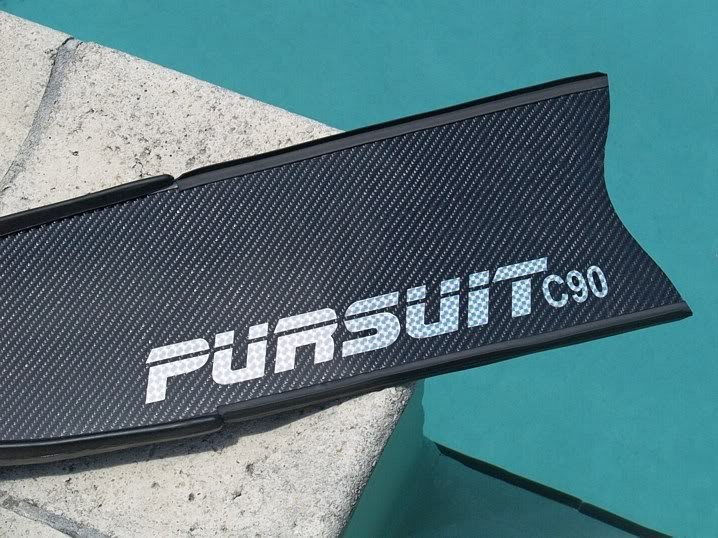I have tried gluing fin rails on twice. The first was one was an abomination and I just gave up on it. The second time I managed to get it done but it was extremely difficult and time consuming. It also looks like hammered dog crap, but it will get the job done.
I was hoping that some of you(cough, cough DAN) may be able to provide some tips on gluing fin rails and doing a nice clean installation.


